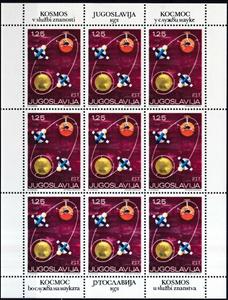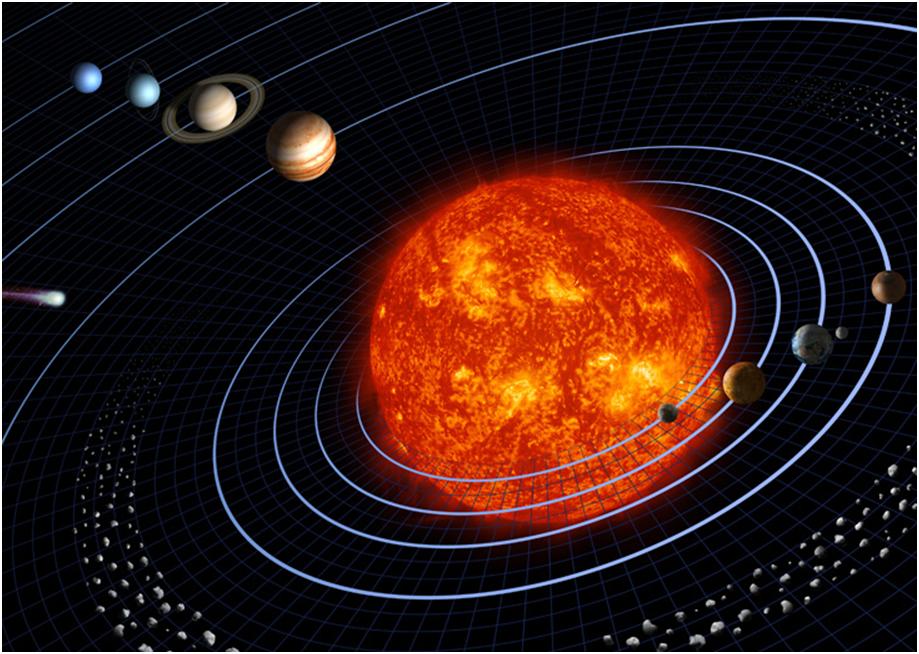Full Pane: Unmanned rockets destined for the moon (Yugoslavia 1971)
Unmanned rockets destined for the moon (Yugoslavia 1971)
08 February (Yugoslavia ) within release Space Research goes into circulation Full Pane Unmanned rockets destined for the moon face value 9*1.25 Yugoslav dinar
| Full Pane Unmanned rockets destined for the moon in catalogues | |
|---|---|
| Michel: | Mi: YU 1411KB |
Full Pane is vertical format.
Designer: B. SpremoAlso in the issue Space Research:
- Full Pane - "Apollo 11" landing on the moon face value 9*5.75;
- Full Pane - Artificial satelite face value 9*0.75;
- Full Pane - First space station "Sojus" face value 9*3.25;
- Full Pane - Satelites of France, Britain, Italy and Canada face value 9*0.50;
- Full Pane - Unmanned rockets destined for the moon face value 9*1.25;
- Full Pane - Various space probes face value 9*2.50;
Full Pane Unmanned rockets destined for the moon it reflects the thematic directions:
Celestial bodies or heavenly bodies are objects in space such as the sun, moon, planets, and stars. They form a part of the vast universe we live in and are usually very far from us.
A globe is a spherical model of Earth, of some other celestial body, or of the celestial sphere. Globes serve purposes similar to maps, but, unlike maps, they do not distort the surface that they portray except to scale it down. A model globe of Earth is called a terrestrial globe. A model globe of the celestial sphere is called a celestial globe
The Moon is Earth's only natural satellite. It orbits at an average distance of 384,400 km (238,900 mi), about 30 times the diameter of Earth. Tidal forces between Earth and the Moon have over time synchronized the Moon's orbital period (lunar month) with its rotation period (lunar day) at 29.5 Earth days, causing the same side of the Moon to always face Earth. The Moon's gravitational pull – and to a lesser extent, the Sun's – are the main drivers of Earth's tides.
A rocket (from Italian: rocchetto, lit. 'bobbin/spool') is a vehicle that uses jet propulsion to accelerate without using any surrounding air. A rocket engine produces thrust by reaction to exhaust expelled at high speed. Rocket engines work entirely from propellant carried within the vehicle; therefore a rocket can fly in the vacuum of space. Rockets work more efficiently in a vacuum and incur a loss of thrust due to the opposing pressure of the atmosphere.
A spacecraft is a vehicle that is designed to fly and operate in outer space. Spacecraft are used for a variety of purposes, including communications, Earth observation, meteorology, navigation, space colonization, planetary exploration, and transportation of humans and cargo. All spacecraft except single-stage-to-orbit vehicles cannot get into space on their own, and require a launch vehicle (carrier rocket).





